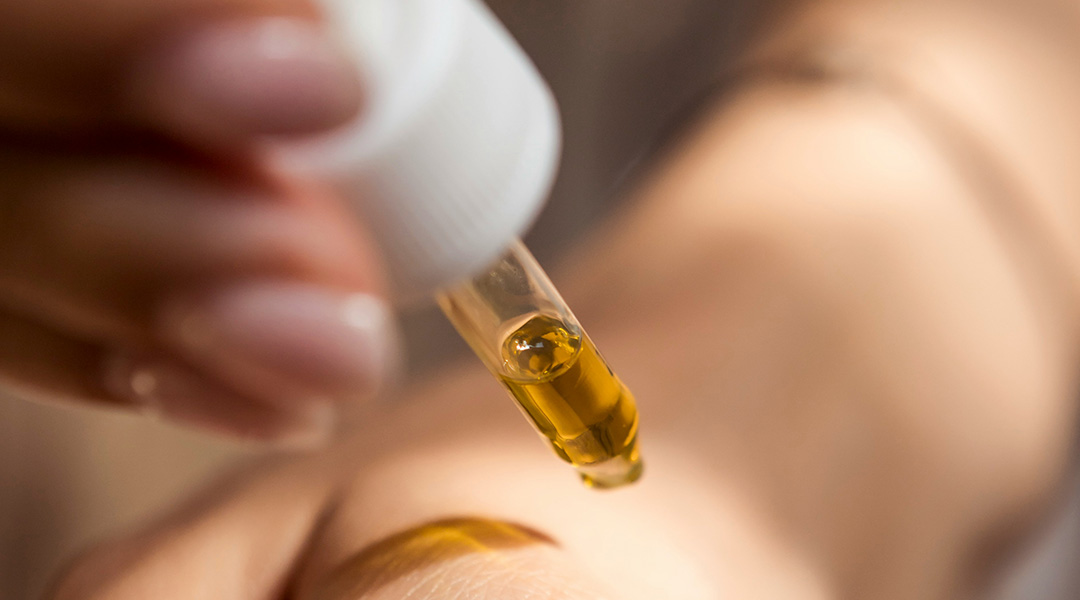There may be a new kid on the block when it comes to anti-aging as scientists have found that ligustilide, an active ingredient in the traditional Chinese medicinal herb, Angelica Acutiloba, was able to reduce and even revert signs of skin aging when tested in mice.
Like many medicinal plants, components found in Angelica Acutiloba are known to reduce or alleviate inflammation. Kento Takaya, a professor in the Department of Plastic and Reconstructive Surgery at Keio University School of Medicine in Tokyo and first author of the study published in Advanced Biology explained that they chose to study the effect of its extracts on the skin because, besides its anti-inflammatory properties, it was previously described to have protective effects against sun exposure and to work as an antioxidant.
In addition to inflammation and damage as a result of free radicals from the Sun and pollution, another cause of visible aging is the accumulation of senescent cells. These cells don’t function normally, having stopped dividing all together, and have been found to release substances that negatively impact other healthy, nearby cells. They’ve been linked to the formation of wrinkles and sagging in the skin.
A promising new active
As other studies have shown that extracts of plants such as Deschampsia antarctica and Solidago alpestris block the detrimental effect of senescent cells, Takaya and his colleague, Kazuo Kishi, decided to see if the extracts from Angelica Acutiloba might produce similar, if not better, results.
“We believe that the search for new, inexpensive, and safe anti-aging drugs is important, and Angelica Acutiloba is one candidate for an alternative,” said Takeda.
As a benchmark, they first compared the extracts with a synthetic molecule called navitoclax, an anti-cancer drug currently under investigation and which was previously shown to kill senescent cells in the skin while keeping healthy ones alive. It is currently being investigated for its potential use in skin cosmetics.
The scientists treated senescent cells grown in the lab with navitoclax or Angelica Acutiloba root extracts and found that in both instances, senescent cells were killed in a dose-dependent way.
To get a better understanding of which of the herb’s active ingredients killed the senescent cells, the duo analyzed two of the plant’s known components: ligustilide and butylphthalide. Again, in lab-grown senescent cells, they found that only ligustilide was responsible.
Later, to assess safety, the researchers treated healthy, non-senescent cells with the compound and observed minimal cell death. This preliminary result is promising as it indicates that ligustilide could specifically target senescent cells while leaving healthy cells untouched.
To test if inflammation triggered by senescent cells could also be reduced with ligustilide, senescent cell cultures treated with the bioactive were found to have reduced levels of proteins produced by senescent cells that promote inflammation.
Finally, to test ligustilide in a biological setting, mice treated with the compound were found to have fewer senescent cells in the dermis layer of their skin, which positively impacted collagen levels important for maintaining skin’s elasticity.
A good start, but hurdles to overcome
Although preliminary, the results are promising, according to Hakuto Kageyama a professor in the Department of Chemistry in the Faculty of Science and Technology at Meijo University in Japan, who was not involved in the study. Ligustilide could potentially fill a gap in the skincare industry as there are currently no other senescent-killing cosmetics on the market.
“[In this context,] the finding that ligustilide showed senescent cell-killing activity is good news in terms of the use of this compound as a skincare product,” said Kageyama.
Takaya hopes that as a result of its anti-inflammatory nature, ligustilide could provide an alternatives to existing skincare actives, such as vitamin A and its derivatives, which while effective, can be irritating and difficult for some people with sensitive skin to use.
“[Although] the skin irritancy of Angelica Acutiloba and ligustilide needs to be examined in the future, [we expect that] as a type of herb, these have potential as a more hypoallergenic alternative,” said Takaya. Before this can happen, there are still hurdles to overcome and more data needs to be collected, including tests in human subjects. There is also the additional challenge of getting ligustilide to penetrate the skin barrier.
This is a common challenge in skincare and could make it difficult to use it as a topical cream — tests done during the study used injections to get the compound into the dermis. “We are considering developing it as an internal medicine or supplement,” said Takaya in response to this query.
“I think the authors [also need to] consider how to keep ligustilide stable because this compound is known to be chemically unstable,” added Kageyama. “Combination with other bioactive compounds also would be possible.”
In a previous study, Kageyame and his colleagues showed that saclipins, molecules produced by Japanese cyanobacteria, possess potential antioxidant and “anti-age” activities by inhibiting a process called glycation where molecules become attached to collagen, making it stiff and less flexible, and contributing to signs of aging. “For example, because ligustilide-containing extract improved collagen density in dermal skin, combination with saclipin may have a synergistic effect.”
Reference: Kento Takaya and Kazuo Kishi, Ligustilide, A Novel Senolytic Compound Isolated from the Roots of Angelica Acutiloba, Advanced Biology (2024). DOI: 10.1002/adbi.202300434

















